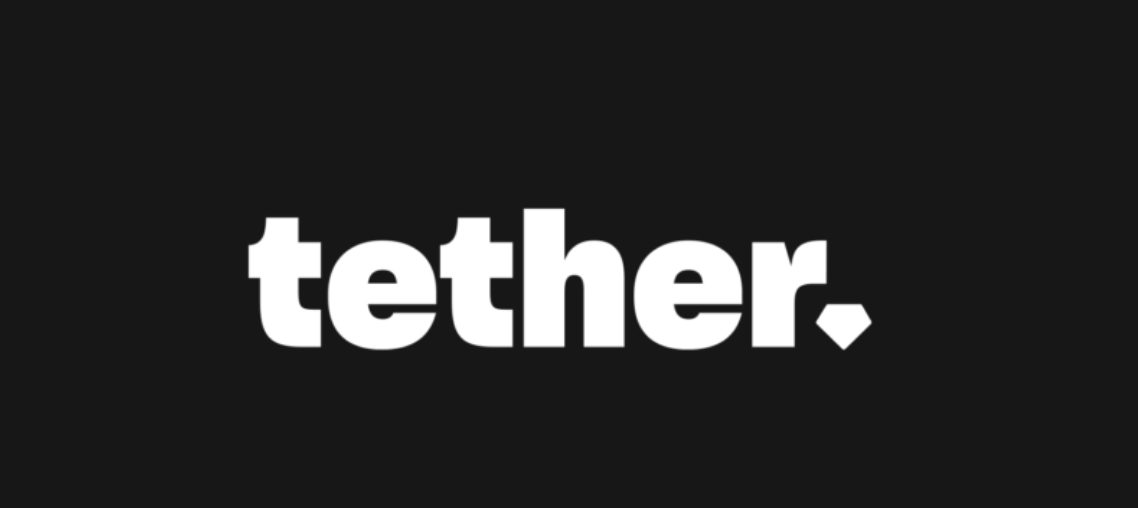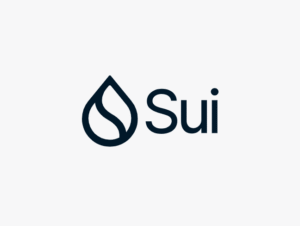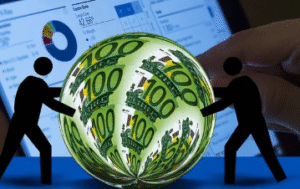$USDT #Tether #Stablecoin #Cryptocurrency #WallStreet #Finance #Blockchain #Trading #DigitalCurrency #CryptoMarket #Fintech #Innovation
Could Tether’s New Stablecoin Revolutionize Wall Street? Learn How!
In the realm of digital finance, Tether’s news of launching a new U.S.-based stablecoin has sparked widespread anticipation and debate. With an astounding $553 billion in transaction volumes recorded in June alone, Tether has not only surpassed its competitors but also cemented its dominance in the stablecoin market. This strategic move could potentially reshape how financial transactions are conducted on Wall Street.
Tether’s Market Dominance and the Introduction of a U.S. Stablecoin
Historically, Tether (USDT) has been a cornerstone of the cryptocurrency market, providing a bridge between traditional fiat currencies and cryptocurrencies with its stable value proposition. The introduction of a U.S. domestic stablecoin is poised to extend this bridge directly into the heart of the financial district, offering Wall Street a tool that combines the stability of the dollar with the efficiency of blockchain technology.
How Could Wall Street Benefit from Tether’s Stablecoin?
The potential benefits for Wall Street are multifaceted. Primarily, this stablecoin could offer a more efficient, less costly, and faster transactional framework compared to traditional banking systems. For traders and financial institutions, the integration of a blockchain-based stablecoin could mean quicker settlement times, enhanced transparency, and reduced counterparty risk.
Furthermore, embracing such digital assets could pave the way for greater adoption of blockchain technologies across financial services, driving innovation and possibly new regulatory frameworks.
The Broader Implications for the Financial Market
The ripple effects of Tether’s expansion into the U.S. market could extend beyond just improved transaction mechanisms. It might also foster a broader acceptance and integration of cryptocurrencies within mainstream financial products and services. Institutions could leverage this stablecoin to manage exposure to digital assets, hedge against market volatility, or even create innovative financial products.
Challenges and Considerations
Despite the potential, the integration of a U.S. domestic stablecoin by Tether will not be without challenges. Regulatory scrutiny is a significant hurdle, as U.S. financial authorities continue to navigate the burgeoning crypto space. Moreover, the technology’s adoption depends heavily on the existing financial infrastructure’s ability to adapt and incorporate new practices.
The Future of Finance: A Convergence of Traditional and Digital
As Tether continues to innovate, the line between traditional financial systems and digital currencies becomes increasingly blurred. This new stablecoin could serve as a critical component in the future of finance, where digital and traditional assets coexist seamlessly within regulatory frameworks.
For more insights into how cryptocurrencies are reshaping the financial landscape, explore our dedicated section on cryptocurrency innovations. Additionally, if you’re looking to engage more deeply in the cryptocurrency market, consider this comprehensive guide to crypto trading on Binance.
Conclusion
Tether’s latest venture could indeed be a game-changer for Wall Street, introducing a tool that merges the reliability of traditional finance with the innovation of the crypto world. As the financial sector stands on the cusp of this significant evolution, only time will tell how deeply Tether’s new stablecoin will impact the global financial ecosystem.










Comments are closed.